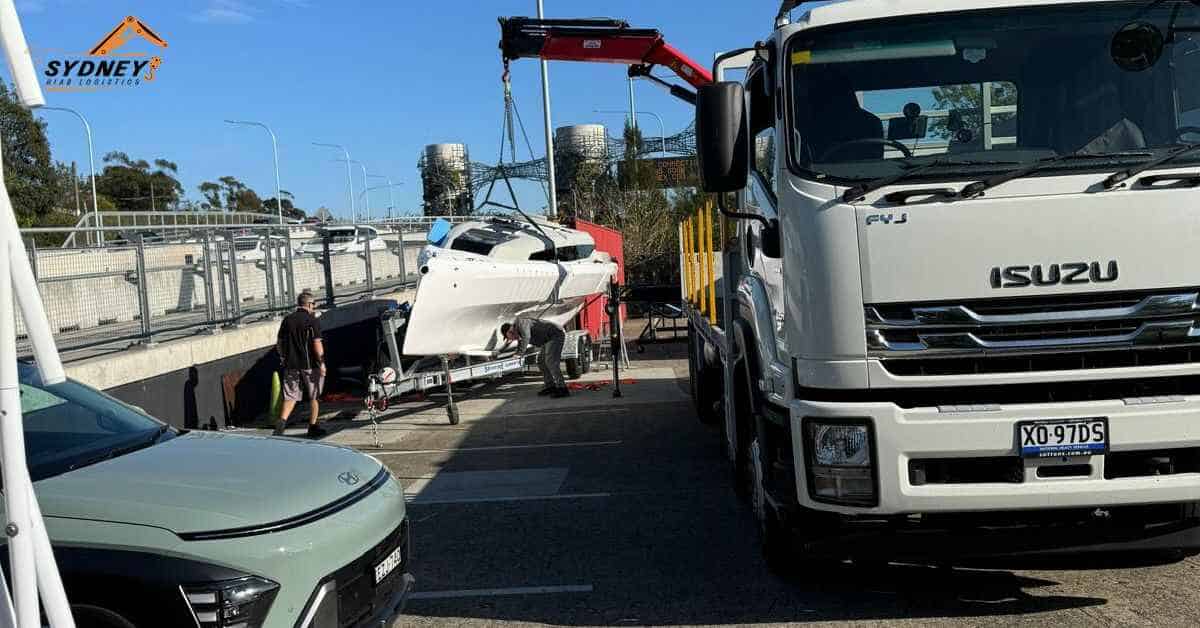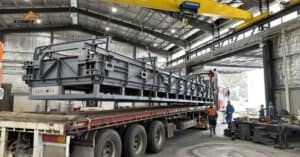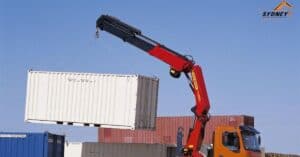HIAB trucks, also known as lorry-mounted cranes, are one of the most versatile and widely used pieces of equipment in the transportation and logistics industries. Their ability to lift, load, and transport various types of goods makes them essential for businesses in construction, shipping, manufacturing, and beyond. But exactly what can a HIAB truck lift? The answer depends on several factors, such as the model of the HIAB, the weight of the object, the reach required, and the conditions in which the lift takes place.
In this comprehensive blog, we’ll delve into the types of loads a HIAB truck can handle, the factors that influence its lifting capacity, and the numerous industries that rely on this multifunctional vehicle.
Understanding HIAB Trucks: A Quick Overview
A HIAB truck is essentially a combination of a truck and a crane, designed to simplify the loading and unloading of heavy materials. The term “HIAB” comes from Hydrauliska Industri AB, the Swedish company that invented this equipment. The truck-mounted crane allows operators to transport materials to and from worksites without needing a separate crane or forklift.
HIAB trucks come in various sizes and models, with different lifting capacities ranging from a few hundred kilograms to several tonnes. The key advantage of a HIAB truck is that the crane is mobile, which provides added flexibility in tight spaces or locations where traditional cranes are impractical.
Factors That Influence Lifting Capacity
The capacity of a HIAB truck to lift objects depends on a few important factors:
- Crane Model and Configuration: HIAB trucks come in a variety of configurations, each suited to different tasks. The lifting capacity typically ranges from 1 to 20 tonnes, depending on the size and reach of the crane. Some larger models may even lift up to 35 tonnes.
- Reach or Extension: The longer the crane’s boom extends, the lower its lifting capacity at the tip of the reach. For instance, a HIAB truck may be able to lift heavier items at close proximity but can only manage smaller weights when the boom is fully extended.
- Load Distribution and Stability: Proper load distribution is crucial to the safe operation of the HIAB. The truck’s outriggers (stabiliers) must be correctly deployed to prevent tipping or instability during a lift. This is especially important for heavy or awkwardly shaped objects.
- Environmental Conditions: Factors like weather, terrain, and available space can impact the maximum lifting capacity of a HIAB truck. For example, wind or uneven ground can limit the safe lifting limits.
What Can a HIAB Truck Lift?
Now that we understand the factors affecting its capacity, let’s explore the types of materials and objects HIAB trucks commonly lift.
1. Construction Materials
HIAB trucks are heavily utilised in the construction transport to move large and heavy materials, such as:
- Bricks and Concrete Blocks: Pallets of bricks, cement bags, and concrete blocks are often delivered and placed on construction sites using HIAB trucks.
- Steel Beams and Girders: Large steel structures used in building construction, including girders and beams, can be loaded, transported, and unloaded efficiently with a HIAB crane.
- Timber and Roofing Materials: Timber panels, roofing tiles, and even prefabricated roof trusses can be easily moved with the crane, reducing manual labor and improving efficiency.
2. Shipping Containers
One of the more impressive uses of a HIAB truck is its ability to lift and transport shipping containers. Depending on the crane model and weight of the container, a HIAB can handle both 20-foot and 40-foot containers. These trucks are essential for transporting containers from docks or storage yards directly to work sites or other locations without requiring a large crane.
3. Machinery and Equipment
Heavy machinery, such as generators, industrial equipment, or even smaller vehicles, can be loaded and transported by HIAB trucks. For industries that require the movement of bulky, expensive equipment, a HIAB offers a convenient machinery transport solution. Whether it’s moving farm equipment like tractors or industrial compressors, a HIAB truck can get the job done efficiently.
4. Modular Buildings
The construction of modular buildings or prefabricated structures has become increasingly popular due to its efficiency and cost-effectiveness. HIAB trucks play a significant role in transporting and positioning these prefabricated units. Modular homes, cabins, site offices, or temporary classrooms can be lifted and placed precisely on their foundations using a HIAB truck.
5. Landscaping Materials
For landscaping projects, HIAB trucks are often used to transport and lift large rocks, mature trees, or heavy garden features like water fountains. Landscaping materials can be quite heavy and awkward to move, but a HIAB simplifies the process, reducing the need for manual handling and making the job safer.
6. Waste Removal and Recycling Materials
In industries like construction or demolition, HIAB trucks are also used to remove waste or deliver recycling materials. They can lift skips, bins, and other large containers full of waste, making the waste removal process more efficient. Companies involved in metal recycling may use HIABs to lift and transport heavy scrap materials.
7. Cable Drums
Transporting and lifting large cable drums is a common use for HIAB trucks, especially in the electrical and telecommunication industries. The large, heavy rolls of cable need specialized handling, and a HIAB truck allows for easy loading and precise placement at worksites.
The Versatility of HIAB Trucks Across Industries
HIAB trucks are versatile enough to be used across a wide range of industries, including:
- Construction: Moving building materials, steel structures, and prefabricated units.
- Telecommunications: Lifting and placing large cable drums and network infrastructure.
- Events Management: Transporting stages, lighting rigs, and heavy event equipment.
- Agriculture: Loading and transporting farm machinery, fencing, and irrigation systems.
- Recycling and Waste Management: Lifting waste containers and recycling materials.
- Logistics and Shipping: Transporting shipping containers, industrial equipment, and machinery.
Conclusion:
A HIAB truck can lift a wide variety of materials and objects, ranging from construction materials and machinery to modular buildings and shipping containers. Its versatility and adaptability make it an indispensable tool in industries like construction, logistics, agriculture, and more. Whether you’re working in a confined urban space or a sprawling construction site, a HIAB truck can meet the demands of both heavy lifting and efficient transport, saving time, effort, and resources.
The next time you need a heavy load moved or delivered, consider the capabilities of a HIAB truck—it might just be the perfect solution for your lifting and transport needs.




